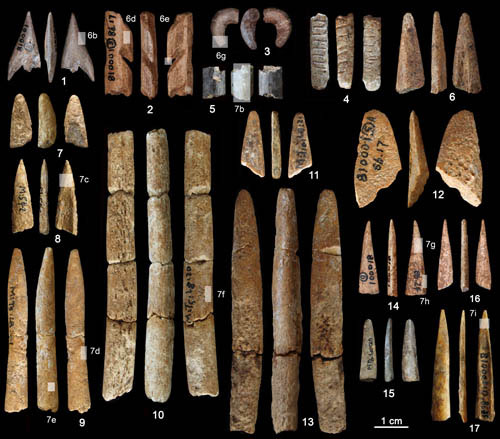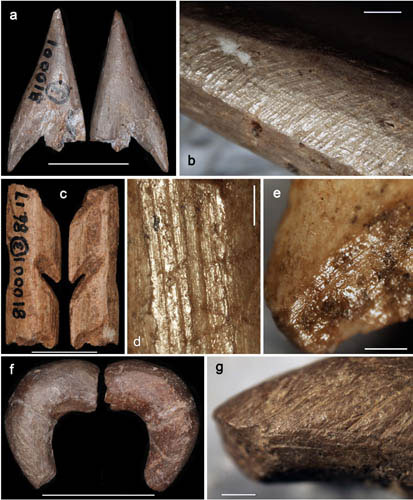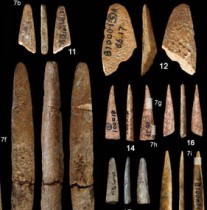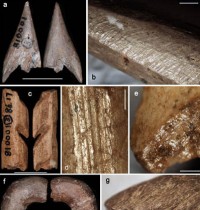The results of an analysis on the oldest formal bone tools from southern China have been published. Palaeolithic bone tools, i.e. fully shaped points, awls, harpoons and wedges, are recorded in African sites, dating about 450,00 years ago. However, early specimens of bone technology in other areas, such as China, are rare, and insufficiently documented.
A new analysis, published in Journal of Archaeological Science in Janurary is attempting to cover this lack. In particular, Dr Gao Xing, with the Institute of Vertebrate Paleontology and Paleoanthropology (IVPP), Chinese Academy of Sciences, and Dr Francesco d’Errico, at the Université de Bordeaux, have analysed 17 bone tools from the Palaeolithic site of Ma’anshan Cave, at the Guizhou Province, southern China. The artefacts are the oldest formal bone tools from China, and the barbed points are amongst the oldest known outside Africa.
The cave where the artefacts came from comprises eight archaeological layers. Among the artefacts analyzed, three sharp awls are dated to about 35,000 years ago, six probable spear points, awls and a cutting tool are dated to about 34,000 years ago, and barbed points of two types are dated to 23,000-18,000 years ago.
Dr Zhang Shuangquan of the IVPP stated that the shift in tool technology might indicated a shift in prey preference, from medium to small size mammals and fish. Further analyses are necessary, however, to establish the argument. He added that the study offers new materials regarding the origin of bone tool technology in Africa and Eurasia.
Dr Gao Xing of the IVPP said that the results of the study indicate that bone tool technology evolution is comparable to that observe in the Upper Palaeolithic of Europe.
The work was supported by grants from the Key Research Program of the Chinese Academy of Sciences, the Strategic Priority Research Program of the Chinese Academy of Sciences, the National Natural Science Foundation of China, and the Sino-French Cai Yuanpei Programme.







